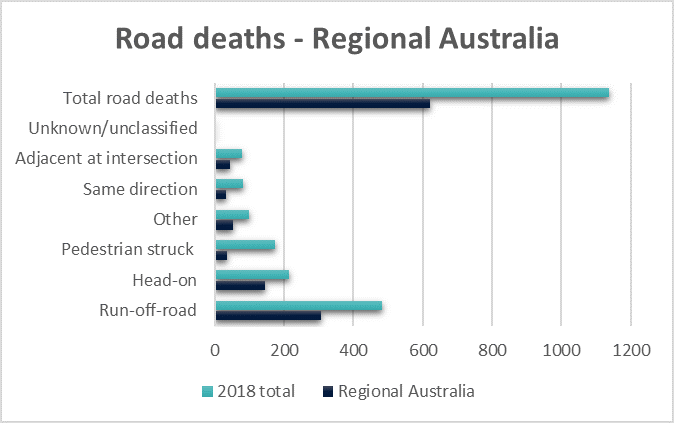
A Crash Course on the Wear and Tear of Our Roads Roads are essential arteries of modern society, providing vital connections for transportation, commerce, and everyday life. However, the relentless wear and tear of vehicles and environmental factors takes a heavy toll on these critical infrastructure assets. Understanding the causes and effects of road deterioration is crucial for maintaining safe and efficient transportation systems. Causes of Road Deterioration Traffic Volume: The sheer number of vehicles traversing roads subjects them to immense stress. Heavy trucks and buses exert particularly damaging forces, compressing the asphalt and creating cracks and ruts. Environmental Factors: Exposure to rain, sunlight, and extreme temperatures contributes to road damage. Water seeps into cracks, freezes, and expands, further widening the breaches. UV radiation and temperature fluctuations also weaken asphalt, causing it to break down over time. Inadequate Maintenance: Neglecting regular road maintenance exacerbates deterioration. Without timely repairs, cracks and potholes expand, compromising pavement integrity and safety. Effects of Road Deterioration Reduced Safety: Damaged roads pose significant safety hazards. Cracks, ruts, and potholes can cause vehicles to skid, lose control, or suffer damage. Poor pavement conditions also increase the risk of accidents at intersections and curves. Economic Impact: Deteriorated roads impose financial burdens on both individuals and businesses. Vehicle repairs and delays caused by traffic congestion cost billions of dollars annually. Damaged roads also hinder economic growth by limiting access to markets and services. Environmental Degradation: Runoff from damaged roads contains pollutants that can contaminate waterways and soil. Cracked roads allow water to penetrate and weaken the underlying soil, leading to erosion and sedimentation. Mitigation and Maintenance Addressing road deterioration requires a comprehensive approach that includes: Regular Maintenance: Regular inspections, asphalt repairs, and crack sealing prevent minor damage from escalating into major problems. Appropriate Design: Roads should be engineered to withstand the expected traffic load and environmental conditions. Proper drainage systems minimize water damage. Traffic Management: Implementing traffic calming measures, such as speed bumps and roundabouts, reduces stress on roads and improves safety. Innovative Technologies: New technologies offer potential solutions for road maintenance. Self-healing asphalt, for example, can automatically repair cracks. Conclusion The wear and tear of roads is an inevitable challenge, but with proper understanding, planning, and maintenance, we can mitigate its effects and ensure the longevity of our transportation infrastructure. By proactively addressing road deterioration, we enhance safety, reduce costs, protect the environment, and foster economic growth.Roads: A Crumbling Infrastructure Our roads are the arteries of our economy and society, connecting communities and facilitating commerce. However, years of neglect and overuse are taking their toll, leaving our road infrastructure in a state of disrepair. The deterioration of our roads is a complex issue with multiple contributing factors. Heavy traffic loads, exposure to harsh weather conditions, and inadequate maintenance have all played a role. As a result, roads are plagued by a range of problems, including potholes, cracks, and crumbling surfaces. Potholes are a major hazard for motorists, causing tire blowouts and other damage. They also create a bumpy ride, increasing the risk of accidents. Cracks can lead to water infiltration, which weakens the road structure and accelerates deterioration. Crumbling surfaces pose a serious safety risk, particularly for motorcyclists and cyclists. The consequences of road damage are far-reaching. They increase vehicle maintenance costs, slow down traffic, and reduce the quality of life for residents. Poor road conditions can also discourage investment and tourism. Addressing the wear and tear of our roads requires a comprehensive approach. Increased funding for maintenance and repairs is essential, along with the use of innovative materials and construction techniques. Traffic management measures can also help to reduce the impact of heavy loads on road surfaces. Investing in road infrastructure is not just a matter of convenience but a necessity for the long-term health of our economy and society. By taking action now, we can ensure that our roads remain safe, efficient, and an integral part of our transportation network for generations to come.
A Crash Course on the Wear and Tear of Our Roads
Related Posts
Kate Hudson Recreated Her Iconic How to Lose a Guy in 10 Days Scene During the World Series, and I Can’t Ignore the Fans’ Reaction to It
Kate Hudson isn’t just an award-winning one actress with famous parents; she is also a huge baseball fan. So it’s no surprise that she attended this year’s World Series to…
Software Catalog Unveils Array of Cutting-Edge Solutions for Enterprise Transformation
Software Catalog Unveils Array of Cutting-Edge Solutions for Enterprise TransformationSoftware Catalog Unveils Array of Cutting-Edge Solutions for Enterprise Transformation Technology is rapidly reshaping the business landscape, making it imperative for…